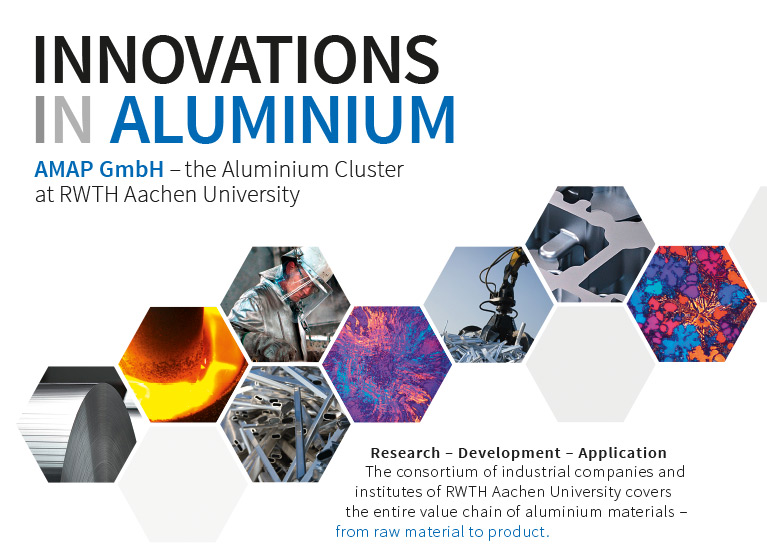III.2 - A vision for a zero carbon aluminum
Jerome Lucaes
UC Rusal
Summary
If you look at global aluminium production, there is still a lot of room for improvement in terms of decarbonization. “74% of the world's primary aluminum is produced with non-renewable energies,” as Jerome Lucaes from Russian aluminum producer RUSAL presented in his lecture ‘A vision for a zero carbon aluminum’. According to this, 62% of the world's primary aluminum is produced with coal-fired electricity, 26% with gas and 12% with hydropower. In Europe, gas accounts for slightly more than half, with gas being used predominantly in the CIS countries. By comparison, China, the world's largest aluminum producer, relies on coal for 87% of its production, while India relies on coal for 100% of its aluminum production.
The Russian aluminum producer sees itself well on the way to carbon-free production. RUSAL is already one of the most important low-carbon aluminum producers with almost 3 million tons per year. Lucaes' goal is to reduce greenhouse gas emissions by at least 35% by 2030 and achieve carbon-free production by 2050 in line with the Paris Climate Agreement.
The technological approach envisages avoiding direct emissions from smelting, which currently account for 30% of total emissions. Further emissions are to be reduced through energy efficiency measures; energy consumption currently accounts for around 60% of total emissions. The decarbonization of the production process will contribute around 30% to the CO2 reduction.
Inert anode technology plays an important role here. In future, the energy supply is to come from renewable sources; Lucaes mentions a broad spectrum of solar, wind, hydropower, hydrogen and biofuels. Whatever greenhouse gas emissions remain and where no other solution is possible, CO2 is to be captured and stored; neutralization/offsetting measures ('last mile') are also an option.


